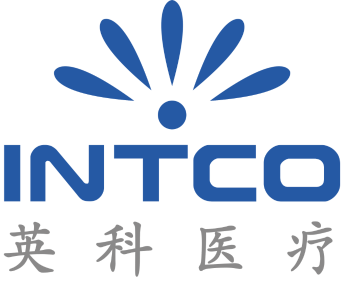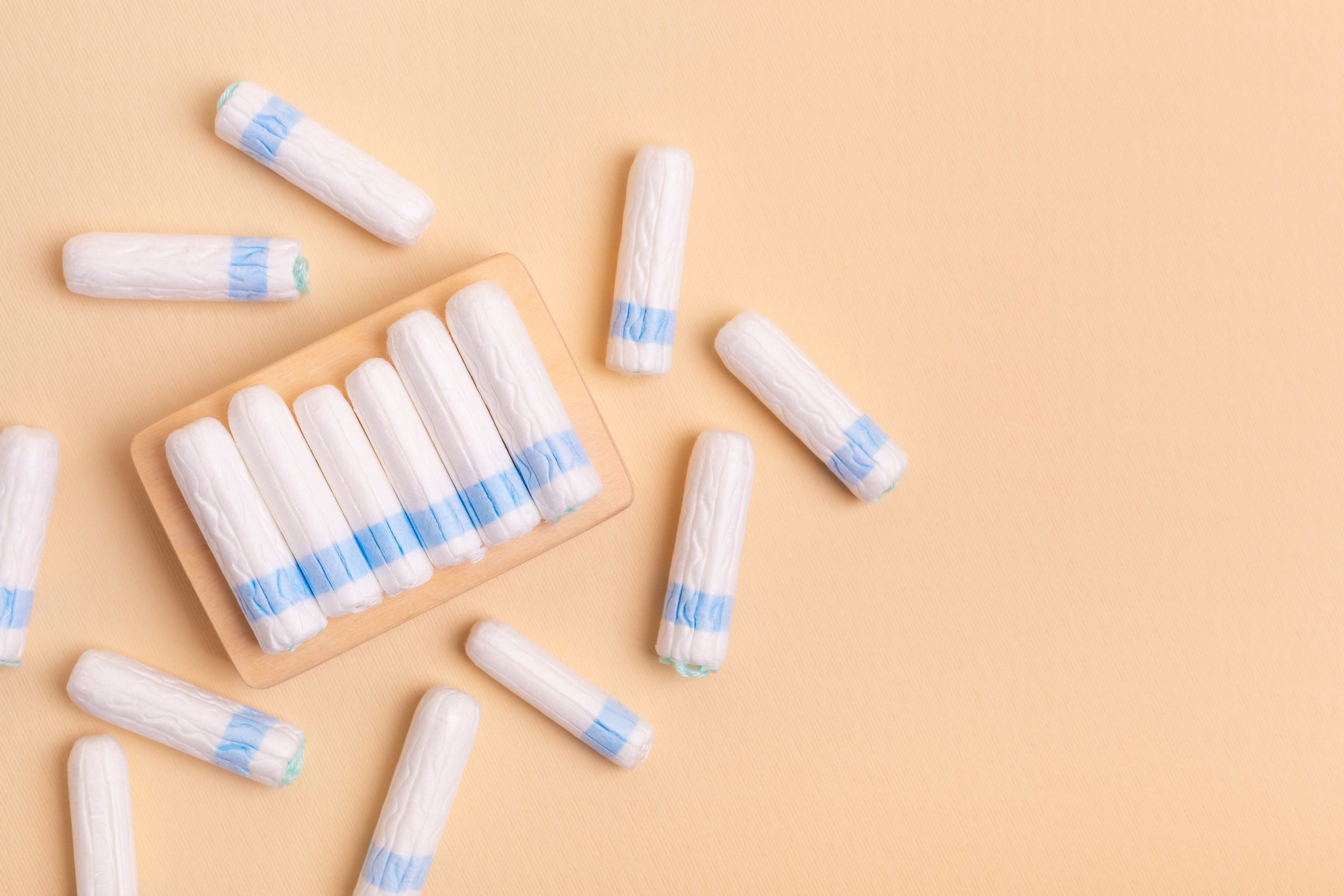The Evolution of Tampons: A Comprehensive Guide for B2B Buyers
For decades, feminine hygiene has been a critical aspect of women’s health and convenience, with tampons emerging as a revolutionary solution. As the market continues to prioritize innovation, safety, and user-centric design, understanding the historical journey of tampons can help B2B buyers make informed decisions when partnering with manufacturers. This article explores the evolution of tampons, from their early origins to the modern, high-tech products available today, highlighting key milestones that have shaped the industry.
Early Beginnings: The Birth of a Feminine Hygiene Essential
The concept of absorbent menstrual products dates back to ancient civilizations, where materials like soft papyrus, grass, and wool were used to manage menstrual flow. However, the modern tampon as we know it began to take form in the early 20th century. In 1929, American physician Earle Haas invented the first tampon with an applicator, a design that revolutionized ease of use. His invention, which used a cylindrical absorbent core and a cardboard applicator, was later patented and sold to the company that would become Tampax, setting the stage for commercial production.
Early tampons were primarily made from cotton or rayon fibers, designed to absorb menstrual blood internally, offering an alternative to bulky cloth pads. The introduction of the applicator was a game-changer, addressing concerns about manual insertion and ensuring a more hygienic and comfortable experience. By the 1940s, tampons had gained popularity in the US, driven by marketing campaigns emphasizing freedom of movement and discretion, particularly appealing to active women.
Technological Advancements: Materials, Design, and Safety
The mid-20th century saw significant advancements in tampon technology. Manufacturers began experimenting with different absorbent materials, such as viscose fibers, which offered enhanced absorbency and flexibility. The 1970s introduced plastic applicators, which were more durable and easier to use than cardboard, further boosting consumer acceptance.
A key milestone in safety came with the US Food and Drug Administration (FDA) regulating tampons as medical devices in 1976, establishing standards for absorbency and material safety. This classification led to stricter testing protocols, ensuring products met hygiene and performance benchmarks. Today, modern tampons are tested for factors like pH balance, absorbency capacity, and microbial safety, with certifications such as FDA approval and GOTS (Global Organic Textile Standard) for organic cotton variants becoming essential for market trust.
Another major innovation was the development of different absorbency levels. The FDA standardized categories—Light (L), Regular (R/N), Super (S), and Super Plus (SP)—to help users choose products based on their flow, ensuring better leak protection and comfort. For example, a Regular tampon (6–9g absorbency) is comparable to a 240mm daytime sanitary pad, while a Super Plus (12–15g) matches a 340mm nighttime pad, catering to diverse needs.
Product Diversification: Meeting Modern Consumer Demands
As consumer preferences evolved, so did tampon designs. The late 20th and early 21st centuries saw the rise of specialized products:
Compact and Travel-Friendly Options
Compact applicators, such as the “Click Tampon,” were introduced, featuring retractable designs that made them smaller and easier to carry. These models appealed to on-the-go lifestyles, fitting discreetly into purses or pockets without compromising functionality.
Eco-Friendly Materials
With sustainability becoming a priority, manufacturers began offering tampons with biodegradable cardboard applicators and organic cotton cores, free from synthetic chemicals like BPA and PFAS. Certifications like GOTS for organic cotton and efforts to reduce plastic waste have made these options popular among environmentally conscious consumers.
Digital Tampons
Applicator-free “digital” tampons emerged, relying on finger placement for insertion. These products, often made from high-quality long-fiber cotton, emphasized simplicity and reduced waste, appealing to users seeking a more natural experience.
Customization for B2B Partnerships
Modern manufacturers now offer tailored solutions for B2B clients, allowing customization of applicator materials (plastic, cardboard, bio-plastic), absorbent cores (viscose, organic cotton), and packaging (polyethylene film, paper boxes, or cardboard tubes). This flexibility enables brands to meet specific market needs, from supermarket displays to automatic vending machine packaging.
Manufacturing Excellence: The Role of Key Players
A critical factor in the tampon industry’s growth has been the rise of manufacturers committed to innovation and quality. Companies like INTCO Medical, recognized as China’s largest tampon production base, have set standards with advanced facilities, including GMP class 100,000 cleanrooms and microbiology testing labs. Their production capabilities—such as 600,000 units daily output, 12 production molds, and 24-hour automated lines—ensure scalability and reliability for B2B partners.
Partnering for Success in the Tampons Market
The evolution of tampons reflects a century of addressing women’s needs through science, design, and empathy. As the market continues to prioritize safety, convenience, and sustainability, B2B partnerships rooted in innovation and quality will drive the next chapter in feminine hygiene. By understanding this history and embracing emerging trends, businesses can meet consumer demands effectively and contribute to a healthier, more empowered future.



